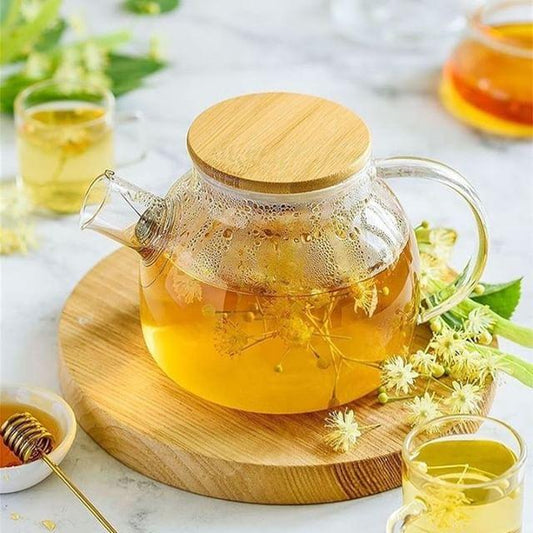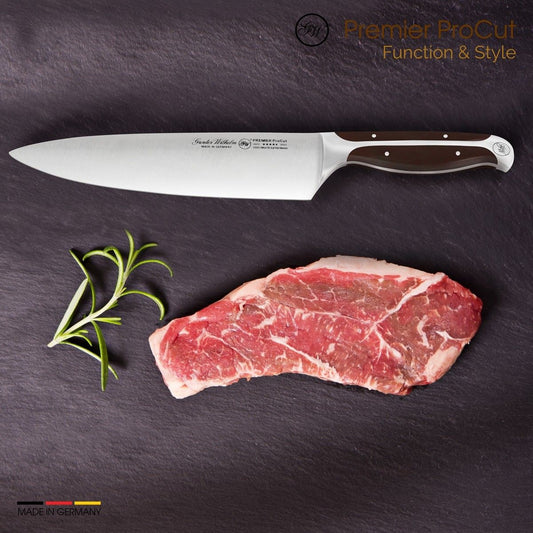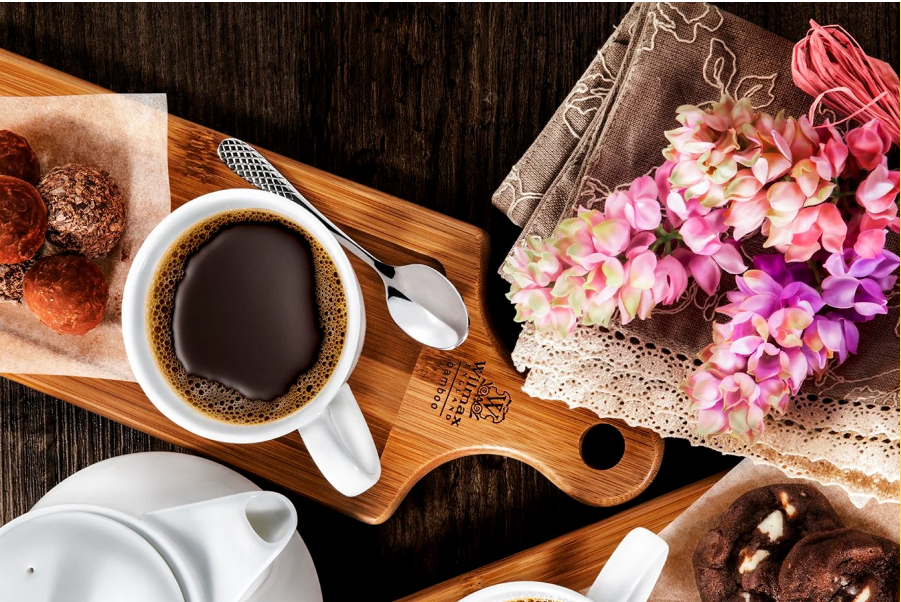Ancient Grains Reimagined: Beyond Quinoa and Farro

Discover underrated grains that pack a nutritional punch and offer unique textures
In recent years, quinoa and farro have taken the spotlight in the world of whole grains—but they’re just the tip of the ancient grain iceberg. These heritage grains, cultivated for thousands of years across continents, are now being rediscovered for their impressive nutritional profiles, rich flavors, and culinary versatility.
This article explores underrated ancient grains that go beyond the mainstream, offering you new textures, bold taste, and health benefits that rival today’s trendiest superfoods.
🌾 What Are Ancient Grains, Exactly?
Ancient grains are unrefined, minimally changed crops that have been grown for centuries. Unlike modern wheat and corn, they’ve remained largely untouched by industrial breeding and retain their original structures—and, importantly, their nutritional integrity.
Most ancient grains are:
- High in fiber and protein
- Rich in vitamins and minerals
- Naturally gluten-free (many, but not all)
- Great sources of complex carbohydrates and antioxidants
🔍 6 Ancient Grains You Need to Try (Besides Quinoa & Farro)
1. Teff (Ethiopia)
Tiny but mighty, teff is the star of traditional Ethiopian injera bread.
Flavor & Texture: Slightly sweet, nutty, with a fine texture.
Nutrition Perks: High in iron, calcium, and resistant starch.
How to Use:
- Cook into a creamy porridge or polenta-style base
- Bake into gluten-free pancakes or muffins
- Use teff flour for hearty flatbreads or waffles
2. Amaranth (Central & South America)
A sacred grain to the Aztecs, amaranth is a protein-rich, gluten-free powerhouse.
Flavor & Texture: Earthy, grassy flavor with a pleasantly chewy texture.
Nutrition Perks: High in protein, magnesium, and lysine (an essential amino acid).
How to Use:
- Simmer like porridge with cinnamon and honey
- Toast and pop like mini popcorn for snacks or toppings
- Combine with quinoa in grain bowls for added texture
3. Millet (Africa, India, China)
Often used in birdseed in the West, millet is a beloved staple in many global cuisines.
Flavor & Texture: Mild, slightly sweet, fluffy or creamy depending on preparation.
Nutrition Perks: Naturally gluten-free and rich in B vitamins and antioxidants.
How to Use:
- Serve as a rice alternative in stir-fries
- Bake into savory muffins or veggie burgers
- Cook with broth and herbs for a comforting side dish
4. Freekeh (Middle East)
Made from green wheat that’s roasted and cracked, freekeh has a smoky, chewy charm.
Flavor & Texture: Earthy, smoky, with a firm bite.
Nutrition Perks: High in fiber and protein, low glycemic index.
How to Use:
- Toss into hearty salads or grain bowls
- Stir into soups and stews as a fiber-rich thickener
- Serve with roasted vegetables and tahini dressing
5. Sorghum (Africa & India)
A drought-resistant grain that’s as sustainable as it is satisfying.
Flavor & Texture: Mild and slightly sweet; chewy when whole, flour is neutral.
Nutrition Perks: Rich in antioxidants, fiber, and iron.
How to Use:
- Cook whole sorghum like rice or barley for salads
- Pop like popcorn for a crunchy snack
- Use sorghum flour in gluten-free baking
6. Einkorn (Ancient Europe & Middle East)
One of the oldest cultivated forms of wheat, einkorn is a nutritious alternative to modern flour.
Flavor & Texture: Rich, nutty, buttery flavor; slightly denser than modern wheat.
Nutrition Perks: Higher in protein, vitamin A, and lower gluten content than modern wheat.
How to Use:
- Bake into rustic bread, pancakes, or cookies
- Use in place of all-purpose flour in small-batch baking
- Great for pasta and homemade crackers
💡 Tips for Cooking with Ancient Grains
- Soak or rinse first to improve texture and reduce bitterness.
- Use a 2:1 water-to-grain ratio for most whole grains (adjust as needed).
- Experiment with spices and broths to enhance their natural flavors.
- Batch cook and freeze for easy grain bowl assembly during the week.
🌿 Conclusion: Rediscovering Grains with Purpose
Ancient grains aren’t just a trend—they’re a return to the roots of sustainable, nutrient-dense eating. With their variety of textures and flavors, they’re perfect for salads, soups, side dishes, breakfasts, or even baked goods.
So go beyond quinoa and farro—let teff, amaranth, millet, and their ancient cousins bring fresh life to your kitchen. Your taste buds (and your body) will thank you!
Share:





